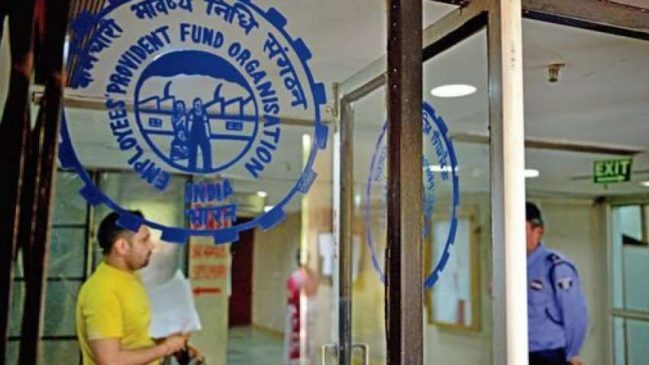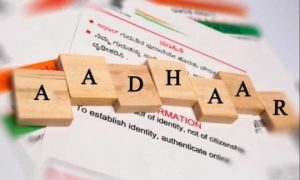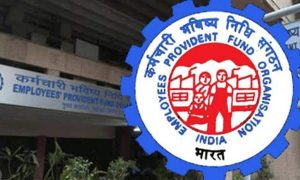UAN is required for all EPF activities, including updating balances on passbooks, advance withdrawals, and even final settlement after retirement.
EPFO Alert: The Employees’ Provident Fund Organisation (EPFO) oversees the Employees Provident Fund programme, which is meant to provide retirement benefits to all private-sector employees. Every EPFO member who enrolls in the EPF plan is given a 12-digit number known as the Universal Account Number, or UAN.
Read More: EPFO provides free insurance under EDLI scheme; here’s how to avail it
UAN is required for all EPF activities, including updating balances on passbooks, advance withdrawals, and even final settlement after retirement.
While PF funds can be a valuable asset in retirement, they may not be sufficient to cover all of your non-working years.
Meanwhile, you must also know that your EPF account can get closed automatically and you can be barred from withdrawing your savings amount — here’s why.
Read More: EPFO Extends Time For Employers To Upload Details Regarding Pension On Higher Wages
When does your EPF account get closed?
If your old company closes down and you have not transferred your EPF amount to your new company’s account or when there is no transaction in the EPF account for 36 months, then the account will be closed automatically after 3 years and it will be added to the EPF’s inactive accounts portfolio.
Not just that, you might have to run from pillar to post to withdraw your money. However, you can withdraw your savings amount through a bank KYC. Notably, you will receive interest on this inactive account too.
Who will verify the account?
To settle a claim connected to dormant PF accounts, the claim must be certified by the individual’s employer. However, if an employee’s firm has closed down and there is no one to validate the claim, the bank will certify the claim using KYC papers.
Read More: PPF: Know how you can grow your investment after PPF account maturity
KYC documents
The following KYC papers are required for verification: PAN Card, Voter Identity Card, Passport, Ration Card, ESI Identity Card, and Driver’s Licence. In addition, any other government-issued identity card, such as Aadhaar, can be utilised for this purpose. Following this, the Assistant Provident Fund Commissioner or other officers will be authorised to approve a withdrawal or account transfer from the accounts based on the amount.
If the amount is more than Rs 50,000, the money can be withdrawn or transferred after the approval of the Assistant Provident Fund Commissioner.
Similarly, if the amount is more than Rs 25,000 and less than Rs 50,000, then the account officer will be able to approve a fund transfer or withdrawal. If the amount is less than Rs 25,000, then the dealing assistant will be able to approve it.





































